
Latest Editions
-
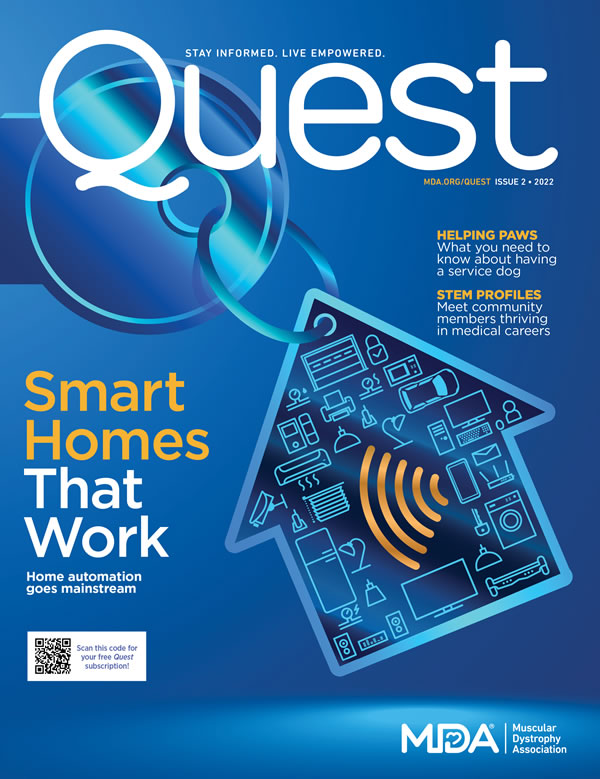 Quest Issue 2, 2022
Quest Issue 2, 2022 -
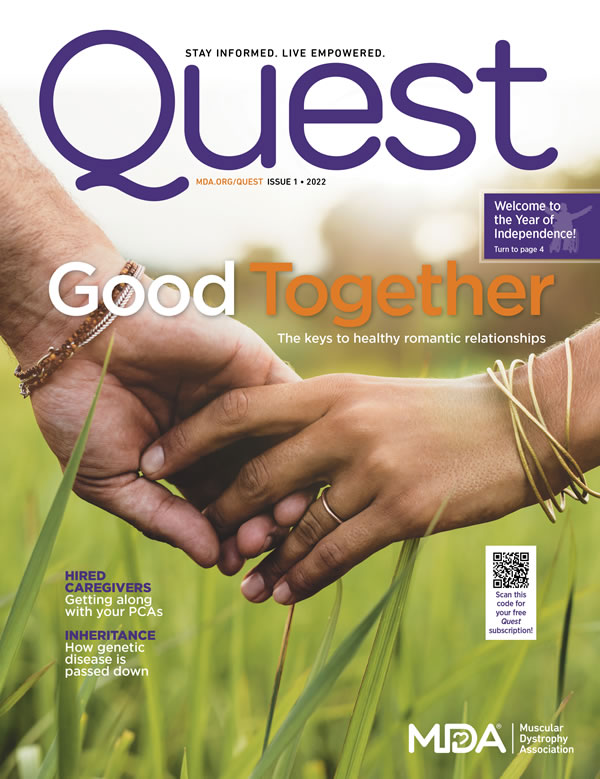 Quest Issue 1, 2022
Quest Issue 1, 2022 -
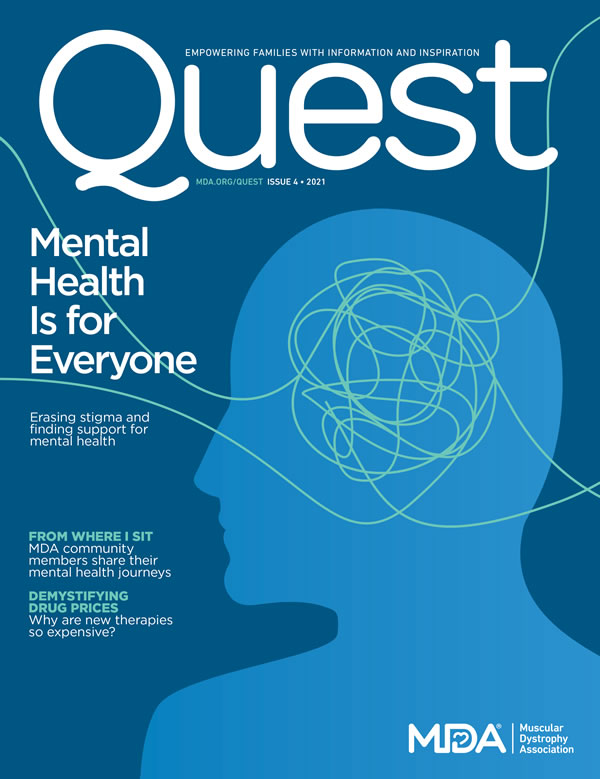 Quest Issue 4, 2021
Quest Issue 4, 2021 -
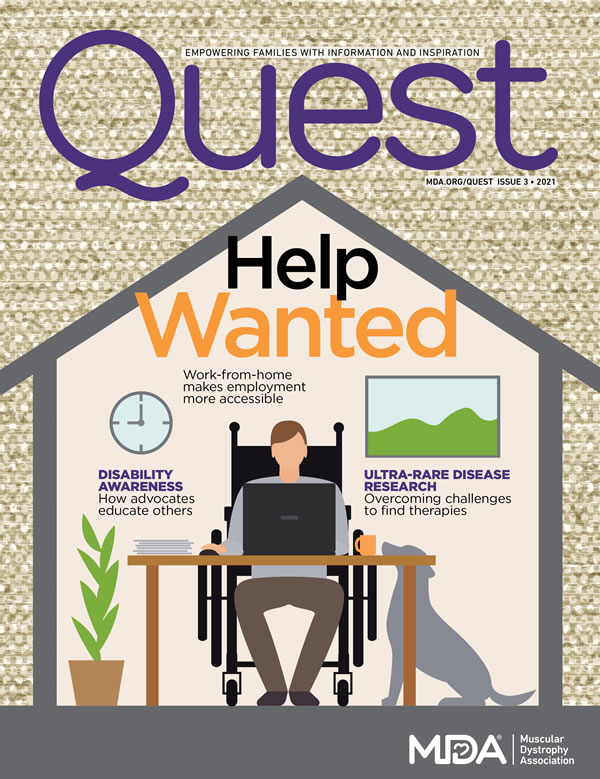 Quest Issue 3, 2021
Quest Issue 3, 2021
Recent Quest Articles
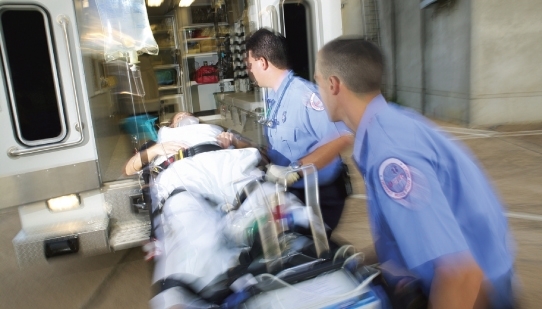
Cardiac Care in MMD: Lack of Symptoms May Mask Deadly Problems
In 2006, Ron Hayes was a 54-year-old executive at Procter & Gamble in Cincinnati when he began noticing some weakness in his hands. "I was trying to clean my glasses," he remembers, "and my thumb couldn’t push the spray." A visit to a hand surgeon resulted in a referral to a neurologist and ultimately to a diagnosis of adult-onset MMD1. A DNA test of Hayes’ blood cells revealed 131 CTG repeats, consistent with the mild end of the MMD1 spectrum. In fact, Hayes had been active in sports in high school and had a football scholarship in college.
Read More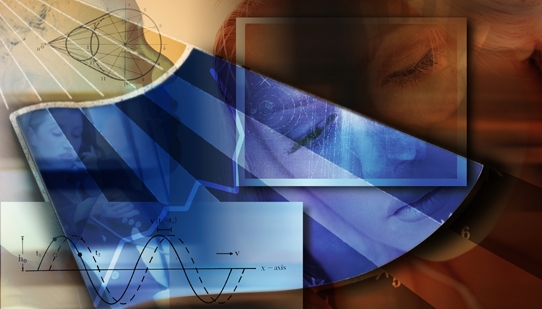
Excessive Daytime Sleepiness Can Be 'Debilitating' in MMD1 and MMD2
Thirty-two-year-old Doug Hayes has struggled with some of the cognitive and social features of type 1 myotonic dystrophy (MMD1 or DM1) most of his life. But there’s something else that’s contributed to his difficulties with jobs and schooling: daytime sleepiness. Doug recently had a job scanning documents, his father says, but his daytime sleepiness interfered.
Read More
Juvenile-Onset MMD1 Can Cause Cognitive, Behavior Challenges
Ron Hayes didn't get a diagnosis of type 1 myotonic dystrophy (MMD1 or DM1) until he was 54, long after he had enjoyed academic and athletic success in high school and college, had earned a master's degree in public health, had married and had children, and had established himself in a career.
Read MoreIn Focus: Myotonic Muscular Dystrophy
As far back as Carla Licon can remember, her mother had difficulty opening jars and walking long distances. Licon’s mother wore ankle braces, and she also had an unusual symptom known as "myotonia," the inability to relax muscles, such as a clenched hand, at will.Licon, who is 31 and lives in Victoria, Texas, thinks these symptoms started when her mother was in her 20s. Later, her mother’s respiratory muscles weakened, leading to pneumonia, respiratory failure and her death at the age of 52.
Read More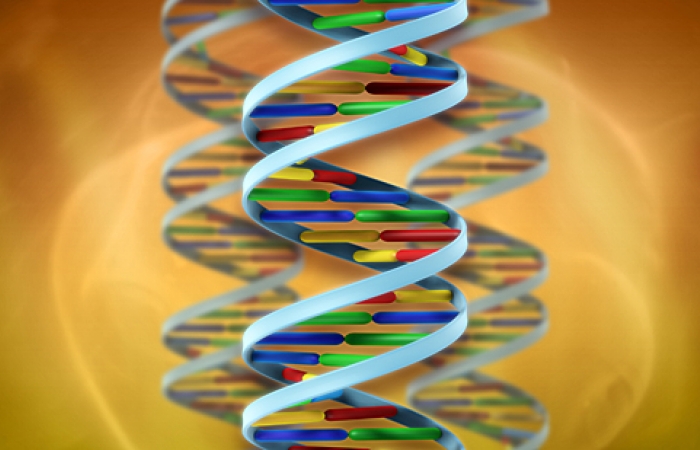
SMA Disease Course May Be Affected by ZPR1
Adequate levels of zinc finger protein 1 (ZPR1) appear to be a "protective" modifier of spinal muscular atrophy (SMA), an MDA-supported team of scientists has reported.Modifiers influence disease onset and severity by changing various biological pathways.The identification of ZPR1 as a modifier reveals a potential target for therapy development and also sheds light on the mechanisms that drive SMA.
Read More
SMA Research Briefs: Antisense and Fasudil
Below are highlights of two studies in spinal muscular atrophy (SMA), a disease in which the nerve cells that control muscles (motor neurons) in the spinal cord die, causing progressive weakness in the voluntary muscles.The underlying cause of SMA is a deficiency of SMN protein, which cells normally produce using genetic instructions carried by two nearly identical genes in the body: SMN1 and SMN2. (SMN stands for "survival of motor neurons".) The deficiency occurs when flaws in the SMN1 gene render its genetic instructions unusable. Some — but not enough — SMN protein is produced from the instructions carried by the SMN2 gene.
Read More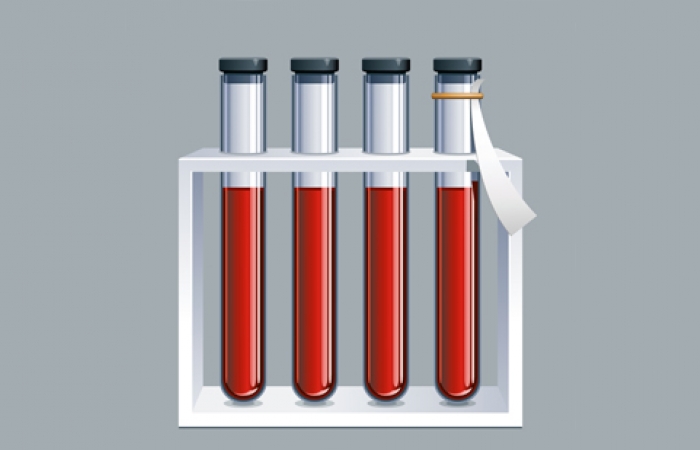
MDA Genetic Counseling Webinar Answers Key Questions
Respondents to MDA’s Transitions Survey — in other words, people with a neuromuscular disease who are in their teens through late 30s — made it clear they had questions about the genetics of their disease, as well as questions about family planning and the value of diagnostic testing. MDA’s Genetic Counseling Webinar, which occurred Feb. 22, 2012, answers many of those questions.
Read More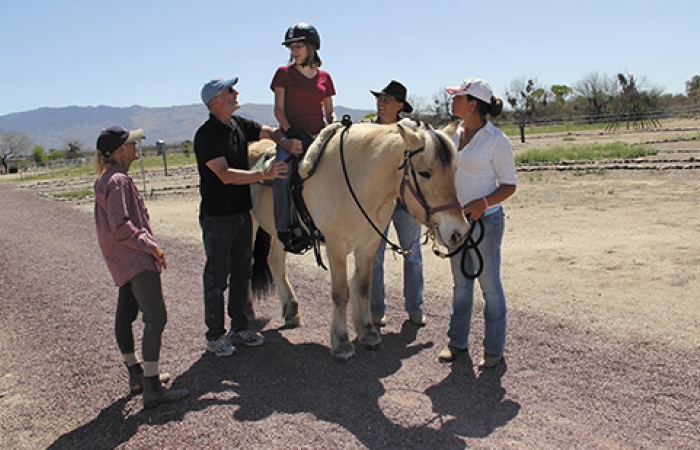
Not Just Horsing Around
It’s good to be back in the saddle.I thought my horseback-riding days were over due to the progression of Friedreich’s ataxia, until I found Therapeutic Riding of Tucson (TROT) in Arizona.I’m finishing up my second 12-week session at TROT, and I’ve noticed that — even with having a neuromuscular disease at age 33 — I’ve experienced many benefits from therapeutic riding.
Read More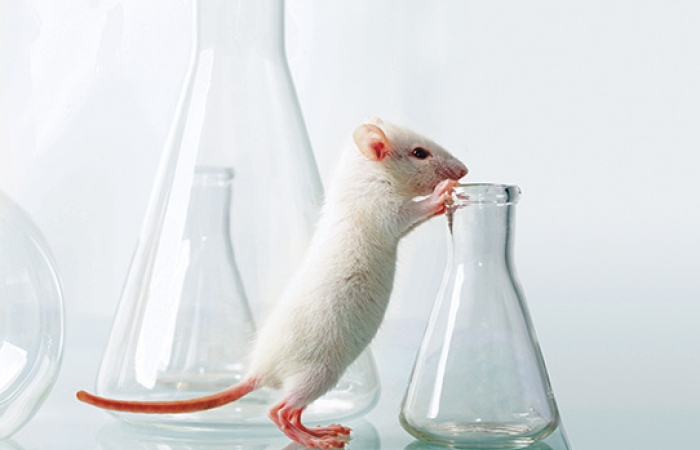
Why Does It Take So Long To Go from Mouse to Man?
John Porter from the National Institutes of Health likes to start talks by noting, “It’s a great time to be a mouse with a neuromuscular disease.” Exciting research results are regularly reported, where a treatment appears to cure one neuromuscular disease or another in a mouse — yet there are few treatments available today for people with any of these diseases, and only a few treatments in human clinical trials. Why does it take so long?
Read More
Hit the Road in an Accessible RV
Barbara Graztke loves to vacation and enjoys traveling six to eight months out of every year. But she finds hotels uncomfortable and doesn’t like to fly. She visits family and friends across the country, but is unable to stay in their homes.The 65-year-old road warrior has post-polio syndrome and uses a power wheelchair. Barbara’s solution to making travel accessible is a 40-foot-long mobile home.
Read MoreMDA Resource Center: We’re Here For You
Our trained specialists are here to provide one-on-one support for every part of your journey. Send a message below or call us at 1-833-ASK-MDA1 (1-833-275-6321). If you live outside the U.S., we may be able to connect you to muscular dystrophy groups in your area, but MDA programs are only available in the U.S.